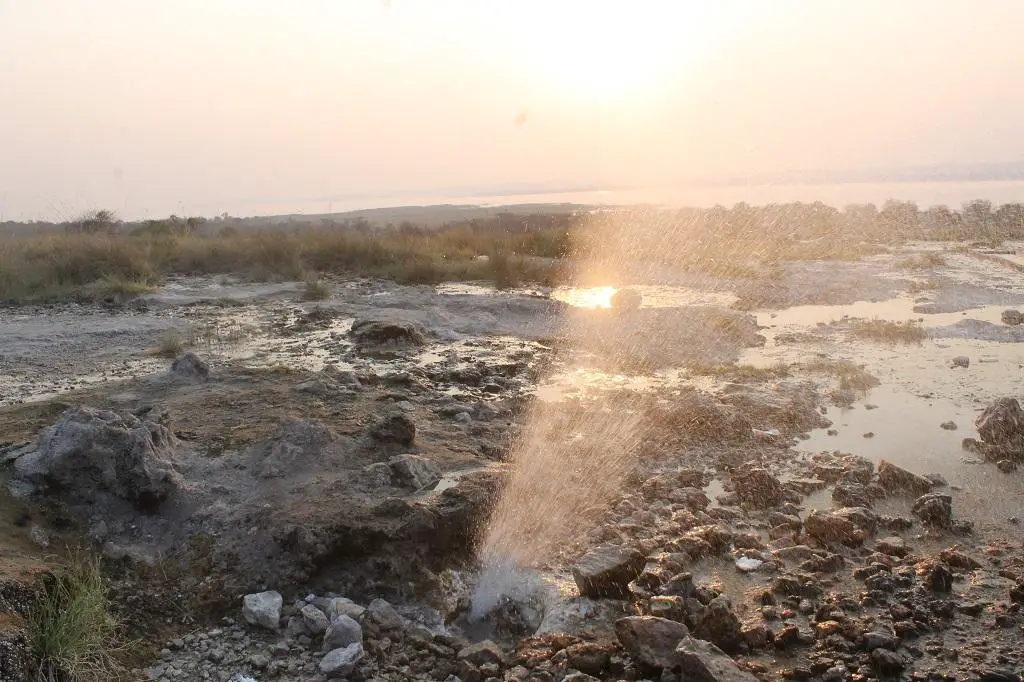Zimbabwe will build the first utility-scale geothermal energy Independent Power Facility and reduce GHG emissions from the sector contributing highly at the national level.
Diana Tapedzanyika, the project coordinator who works at FBC Holdings Limited under Climate Finance Department, explained that the initiative originated from the Green Resilient Recovery Rapid Readiness (GRRRR) and the Geothermal Energy Development Project in Zimbabwe
In 2021, the total energy generated by Zimbabwe consisted of about 6% from the non-renewable sources including coal and 87% from the renewable energy sources. This information was given by the CCMD from the Ministry of Environment, Climate
However, the department noted that an increase in drought frequency, rainfall unpredictability and lowering in water levels resulting from the impacts of climate change have significantly affected the hydropower levels which in turn have resulted in the intensive loading, increased reliance on fossil fuels, fuel
They stated that one of the aims of the Geothermal Energy Development Project is to enhance the supply of clean and effective energy sources.
The company informs that there is currently no operational geothermal IPP project within the country and the plant will complement/integrate the other existing energy system.
Authors noted that as for now there are four existing ZESA power stations: Kariba South Hydroelectric Power Station and the coal-fired Harare, Bulawayo, and Munyati thermal power stations.
Total power generated from first Utility Geothermal Power Facility in Chimbwatata
CCMD reported that the project will include the design, construction, finance, operating, and maintenance of a 10 Mega Watts geothermal power plant at Chimbwatata Hot Springs in Binga District of Zimbabwe.
The project objectives is to introduce variety in Zimbabwean energy sources hence reducing carbon emissions coming from the energy sector as a whole compared with a BAU scenario, the ministry declares.
Adding more capacity on the grid to meet the present and future increase in electricity consumption through geothermal power generation is the best option, they said.
According to CCMD, the resultant short-term intervention measures created by high incidents of droughts involved increased thermal inputs in the energy mix, massive load shedding and severe power cut-offs.
Several capital build electricity projects have been proposed to increase generation capacity in Zimbabwe but their plants’ cost projections exceed the power company budget according to Tumai Murombo, a law professor from Witwatersrand University in South Africa in his presentation on the possible for low carbon
Read also Zambia begins slim well drilling at Bweengwa River Geothermal Resource Area

